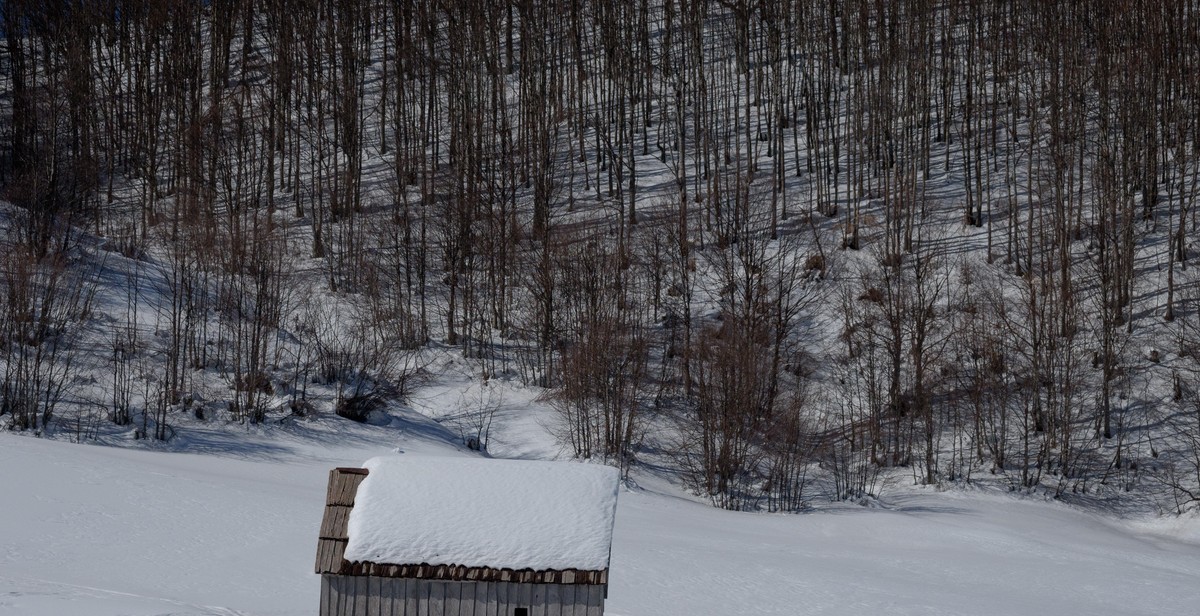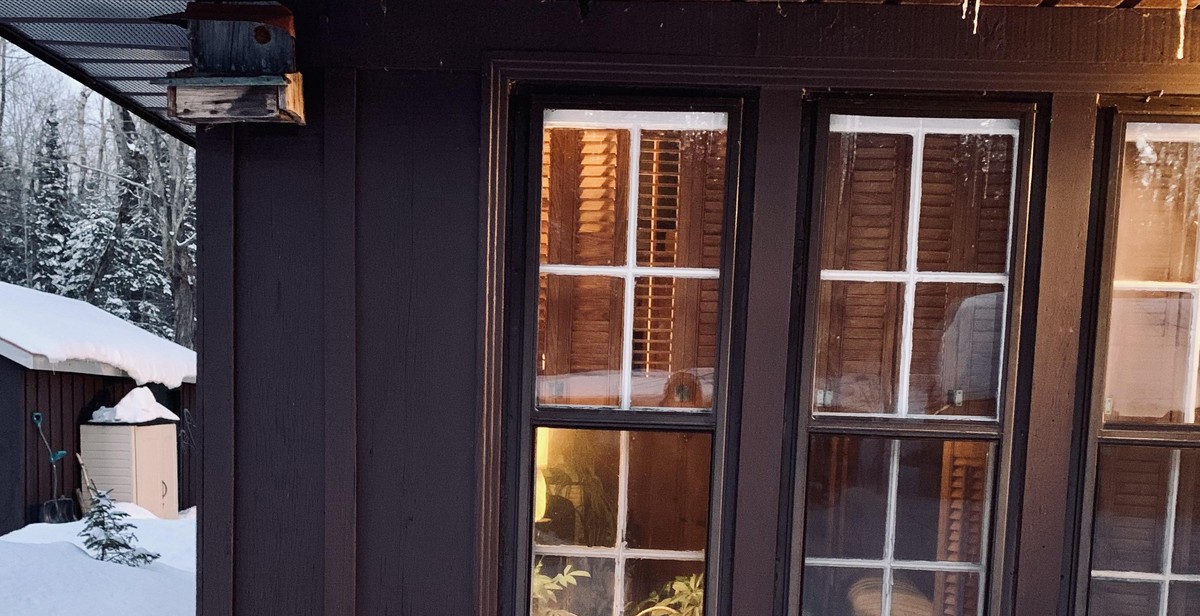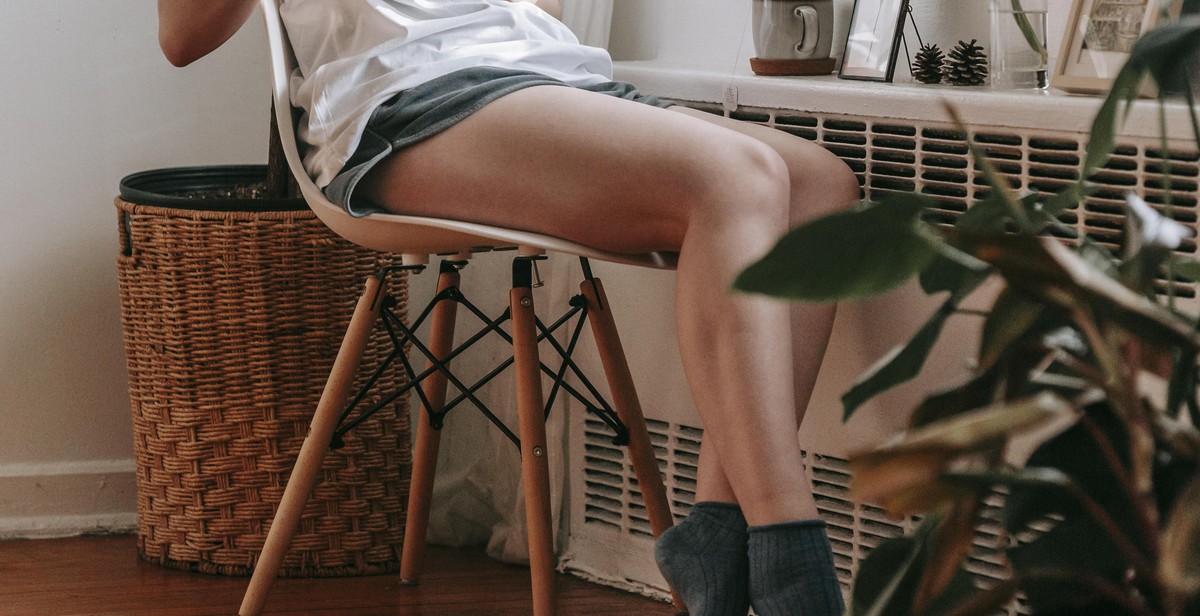Introduction
Passive House is a building standard that focuses on maximizing energy efficiency and comfort while minimizing energy consumption. It is a sustainable design approach that relies on a combination of insulation, airtightness, and ventilation to create a comfortable living environment with minimal energy input.
What is a Passive House?
A Passive House is a building that meets the Passive House standard, which is a rigorous standard for energy efficiency and comfort. The standard was developed in Germany in the 1990s and has since been adopted by many countries around the world. Passive Houses are designed to be highly insulated, airtight, and well-ventilated, which allows them to maintain a comfortable indoor temperature without the need for a conventional heating or cooling system.
Passive Houses are designed to be highly energy-efficient, with energy consumption reduced by up to 90% compared to conventional buildings. This is achieved through a combination of design elements, including:
- High levels of insulation
- Airtight construction
- High-performance windows and doors
- A ventilation system that recovers heat from outgoing air
The Passive House standard is not limited to residential buildings but can also apply to commercial and institutional buildings. The standard is flexible and can be adapted to different climates and building types.

Design Principles for Passive House Architecture
Passive house architecture is a sustainable building design that maximizes energy efficiency and comfort. The four main design principles of passive house architecture are insulation, airtightness, ventilation, and thermal bridge-free design. These principles work together to create a building that uses minimal energy to heat and cool while maintaining a comfortable indoor environment.
Insulation
Insulation is the key to minimizing heat loss and gain in a passive house. The insulation should be continuous and cover all exterior surfaces, including walls, roof, and foundation. The insulation should also be of high quality and thickness to ensure that the building retains heat in the winter and stays cool in the summer.
Airtightness
Airtightness is critical in a passive house to prevent heat loss and ensure that the ventilation system works efficiently. The building envelope should be airtight, which means that all cracks, gaps, and joints should be sealed. This can be achieved through the use of a continuous air barrier, high-quality windows and doors, and careful attention to detail during construction.
Ventilation
Ventilation is essential in a passive house to ensure a constant supply of fresh air and maintain indoor air quality. The ventilation system should be designed to exchange air while recovering heat from the outgoing air. This can be achieved through the use of a heat recovery ventilator (HRV) or an energy recovery ventilator (ERV).
Thermal Bridge-Free Design
Thermal bridging occurs when there is a break in the insulation or a non-insulated area that allows heat to escape or enter the building. A thermal bridge-free design eliminates these areas by creating a continuous insulation layer around the entire building envelope. This can be achieved through careful design and the use of materials that minimize thermal bridging.
| Design Principle | Description |
|---|---|
| Insulation | Continuous and high-quality insulation to minimize heat loss and gain |
| Airtightness | Airtight building envelope to prevent heat loss and ensure efficient ventilation |
| Ventilation | Constant supply of fresh air while recovering heat from outgoing air |
| Thermal Bridge-Free Design | Continuous insulation layer to eliminate areas of heat loss or gain |

Passive Solar Design
Passive solar design is an essential aspect of designing a passive house. It involves maximizing the use of sunlight to provide natural heating and cooling of the house, reducing the need for artificial heating and cooling systems. The orientation of the house plays a crucial role in passive solar design.
Orientation
The orientation of the house refers to the direction it faces in relation to the sun. Passive solar design considers the sun’s path throughout the day and throughout the year to determine the best orientation for the house. In the northern hemisphere, south-facing orientation is ideal, while in the southern hemisphere, north-facing orientation is preferred.
A south-facing orientation allows for maximum solar gain during the winter months when the sun is low in the sky. Large windows on the south-facing side of the house can capture and store heat from the sun, which can be released into the house during the night. On the other hand, in the summer months, when the sun is high in the sky, shading devices such as overhangs can be used to prevent excessive solar gain and keep the house cool.
East and west-facing windows should be minimized to reduce the amount of direct sunlight entering the house, as it can cause overheating in the summer and heat loss in the winter. North-facing windows should be used for natural lighting, as they provide a consistent level of light without excessive heat gain or loss.
Overall, proper orientation is crucial for effective passive solar design, as it can significantly reduce the energy needed to heat and cool a house, leading to increased energy efficiency and comfort.

Windows and Doors
In a passive house architecture, windows and doors are essential elements in maximizing energy efficiency and comfort. Triple-glazed windows are the most efficient type of windows for passive houses. They have three layers of glass with two insulating gas-filled spaces between them. This design reduces heat loss and noise pollution while providing excellent insulation.
Triple-Glazed Windows
Triple-glazed windows are designed to reduce heat loss and noise pollution while providing excellent insulation. They have three layers of glass with two insulating gas-filled spaces between them. The outer layer of glass is treated with a low-emissivity coating to reflect heat back into the room. The middle layer of glass is thicker to provide extra insulation, while the inner layer of glass is designed to reduce noise pollution.
Triple-glazed windows are more expensive than double-glazed windows, but they offer better insulation and energy efficiency. They are also more durable and require less maintenance than other types of windows.
Window Placement
The placement of windows is also crucial in passive house architecture. South-facing windows should be larger than north-facing windows to maximize solar gain during the winter months. East and west-facing windows should be smaller to reduce heat gain during the summer months.
The size and placement of windows should also be carefully considered to optimize natural light and ventilation. Windows should be strategically placed to allow natural light to enter the room while minimizing glare. They should also be placed to allow for natural ventilation to reduce the need for mechanical ventilation systems.
| Window Type | Pros | Cons |
|---|---|---|
| Triple-Glazed Windows | Highly efficient, excellent insulation, reduce noise pollution | Expensive |
| Double-Glazed Windows | Efficient, good insulation | Less efficient than triple-glazed windows |
| Single-Glazed Windows | Inexpensive | Least efficient, poor insulation, high noise pollution |

Heating and Cooling
When it comes to designing a passive house, one of the most important considerations is how to maintain a comfortable indoor temperature without relying on traditional heating and cooling systems. There are two primary strategies for achieving this: heat recovery ventilation and radiant heating and cooling.
Heat Recovery Ventilation
A heat recovery ventilation (HRV) system is a key component of any passive house design. HRVs work by exchanging stale indoor air with fresh outdoor air, while also recovering heat from the outgoing air to preheat the incoming air. This helps to maintain a consistent indoor temperature and reduce the need for traditional heating and cooling systems.
HRVs are typically installed as part of a building’s mechanical system and can be designed to work in conjunction with other passive house strategies, such as insulation and air sealing, to further enhance energy efficiency.
Radiant Heating and Cooling
Radiant heating and cooling systems are another effective way to maintain a comfortable indoor temperature in a passive house. These systems use a series of pipes or tubes embedded in the floor or ceiling to circulate hot or cold water, depending on the season.
Because they operate at lower temperatures than traditional heating and cooling systems, radiant systems can be much more energy efficient. And because they don’t rely on forced air, they can help to improve indoor air quality and reduce noise pollution.
Overall, a combination of HRVs and radiant heating and cooling systems can help to maximize energy efficiency and comfort in a passive house design.

Materials and Construction
Passive house architecture relies heavily on the use of low embodied energy materials, recycled and renewable materials to maximize energy efficiency and comfort. The materials used in the construction of passive houses should have a low environmental impact, be durable, and have a long lifespan.
Low Embodied Energy Materials
The embodied energy of a material is the total energy required to extract, process, transport, and install it. Passive house architects prefer materials with low embodied energy to reduce the carbon footprint of the building. Some of the commonly used low embodied energy materials in passive house architecture include:
- Timber
- Cellulose insulation
- Straw bales
- Rammed earth
- Cob
- Recycled steel
Recycled and Renewable Materials
Recycled and renewable materials are also a crucial aspect of passive house architecture. These materials reduce waste and conserve natural resources. Some of the commonly used recycled and renewable materials in passive house architecture include:
- Recycled plastic
- Bamboo
- Cork
- Recycled glass
- Wool
- Sheep’s wool insulation
Construction Techniques
The construction techniques used in passive house architecture also play a significant role in maximizing energy efficiency and comfort. Passive houses are designed to be airtight, which means that the building envelope needs to be carefully sealed to prevent air leakage. Some of the commonly used construction techniques in passive house architecture include:
- Double-stud walls
- Triple-glazed windows
- Airtight construction
- Balanced ventilation systems
- Heat recovery ventilation systems
|
Low embodied energy materials are used to reduce the carbon footprint of the building. |
Recycled and renewable materials reduce waste and conserve natural resources. |
Airtight construction techniques and balanced ventilation systems maximize energy efficiency and comfort. |

Conclusion
Passive house architecture is a sustainable and energy-efficient approach to building design that offers numerous benefits to both the environment and occupants. By maximizing energy efficiency and comfort, passive houses can significantly reduce energy consumption and carbon emissions while providing a healthy and comfortable living environment.
Designing a passive house requires careful planning and attention to detail, from the orientation of the building to the selection of materials and systems. It involves a combination of passive design strategies, such as insulation, airtightness, ventilation, and solar gain, to achieve optimal energy performance.
Passive house architecture is not only a smart investment for the environment and our future but also for homeowners and building owners. The energy savings and improved indoor air quality can translate into lower utility bills and a healthier living environment.
As more and more people become aware of the benefits of passive house architecture, we can expect to see an increase in the number of passive houses being built around the world. With the right design, construction, and maintenance, passive houses can help us reduce our carbon footprint and create a more sustainable future for generations to come.
| Passive House Architecture | Maximizing Energy Efficiency and Comfort |
| Benefits | Sustainable, energy-efficient, healthy, comfortable |
| Design Strategies | Insulation, airtightness, ventilation, solar gain |
| Investment | Smart for environment, homeowners, and building owners |
